Contents
Rice has been around for centuries and, if you were to ask me what one life-saving food with a long shelf life can make all the difference in a life or death situation, I’d pick this one out. You’ll soon figure out why!
This article will be all about this amazing grain: how to store it, where to store it, and everything that needs to be considered while storing it.
Why Rice is a Great Food for Survival
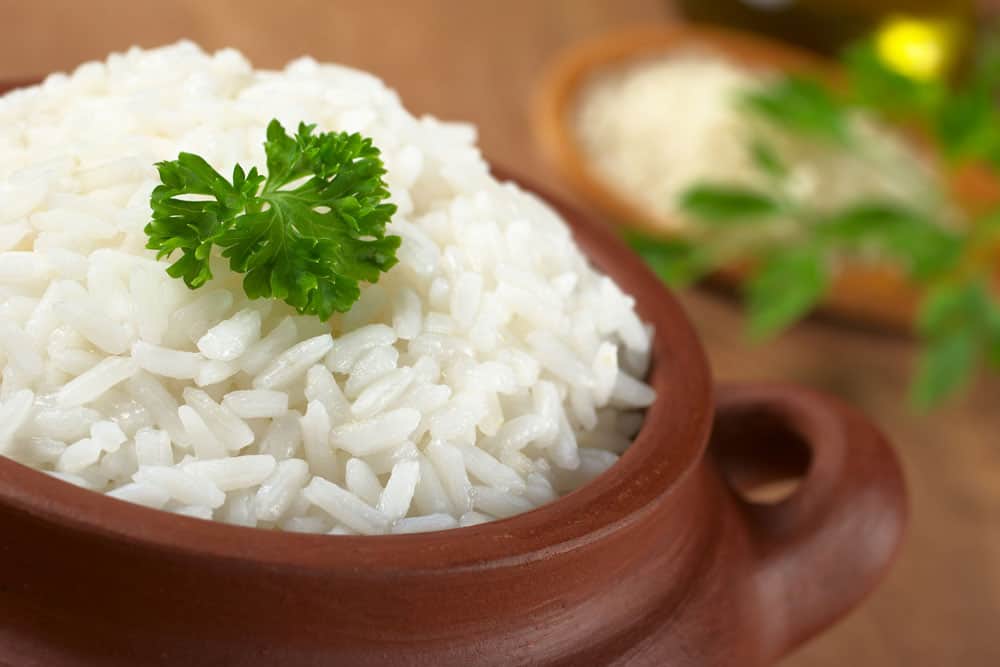
So, what makesrice such a great and popular food among preppers for long-term storage?
Nutrition
When it comes to nutrition, rice is densely filled with carbohydrates, a primary energy source. Additionally, the dense structure of the carbs in it makes it a filling food.
Additionally, the energy from rice lasts for a long time and doesn’t result in crashing, as is the case in many refined-carb-rich foods. Rice greatly compliments protein-rich foods, which I’ll talk about in detail further down the post.
Cost
Storing rice is one of the cheapest ways to ensure quality nutrition in times of trouble.
Generally, a pound of plain white rice costs around $0.5 to $1, which can give you around ten servings. That means that a 50-pound bag can buy you around 250 servings for just $30! Each serving of plain white rice has around 160 calories, so a 50-pound bag can get you about 40,000 calories. This makes it one of the cheapest calorie-packed foods.
You can use this extra money to stock up on more expensive food, like proteins and fats.
You might also find interesting our article about storing dehydrated food.
Rice Nutritional Facts
The nutritional value of rice depends on the type under consideration. Here’s a chart stating the nutritional value present in a 100g serving of cooked white long-grain rice.
Nutrient
Value per 100g (Cooked)
- Energy
- 121kcal
- Fat
- 0.38g
- Saturated Fats
- 0.09g
- Monounsaturated Fats
- 0.128g
- Polyunsaturated Fats
- 0.122g
- Carbohydrates
- 25.22g
- Sugar
- 0.05g
- Fibre
- 0.4g
- Protein
- 3.54g
- Sodium
- 126mg
- Cholesterol
- 0 mg
- Potassium
- 32mg
White Rice or Brown Rice, which is best?
There are different kinds of rice available in the market like instant rice, brown rice, and white rice. But the question is which type is best and longest lasting?
Not all kinds are equal in terms of nutrition, shelf life, and storability. For example, instant rice is hardly made for long-term storage. They have an expiration date of around two years, after which they have to be discarded.
White rice is the top contender for long-term food storage. Brown rice is known for its greater health benefits than other types, but when storage is the main consideration, white rice can last up to 30 years!
Storing Rice – How to Choose the Right Method!
How you choose to store rice depends on the conditions available to you for storage. For example, if you’re confident that your food won’t be disturbed by rodents, you can simply go with an old-fashioned Mylar bag. However, if there will be a lot of sunlight where you intend to store your food, it would be a bad idea to go with mason jars.
It finally comes down to what you have and what you can work with. So, keep reading about different methods and choose what suits you best.
The Best Methods to Store Rice Long-Term
Food-Grade Storage Containers
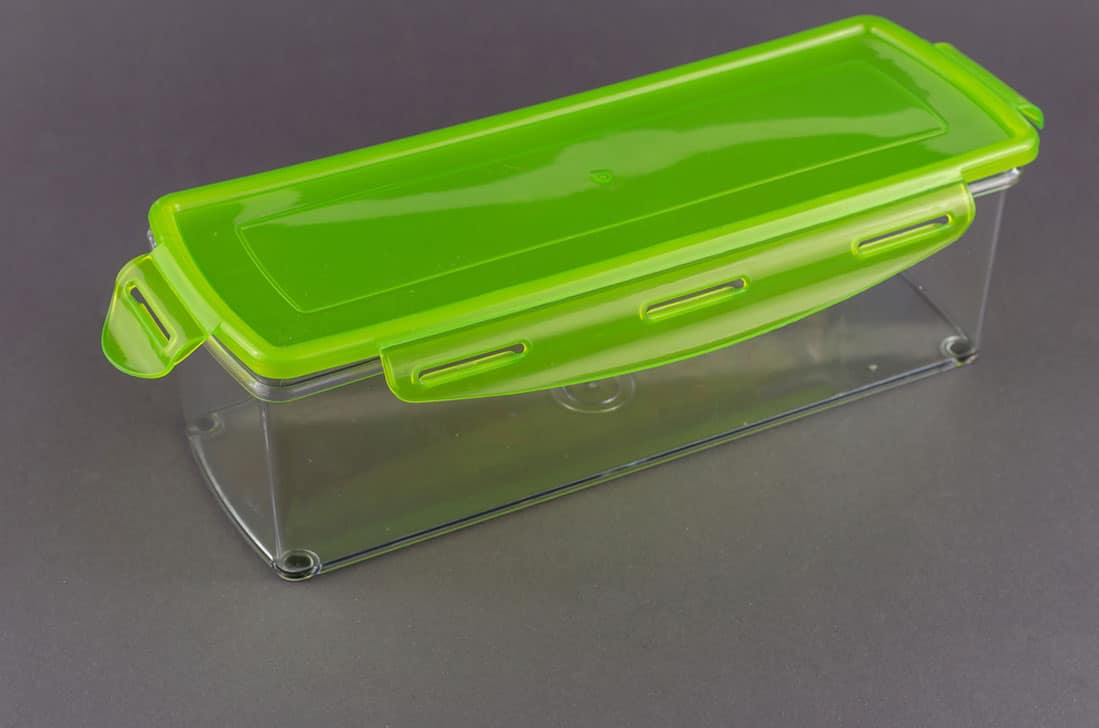
A food-grade storage container is a quick, easy, and effective method for long-term food storage. You can get food-grade buckets online or even for free from your local bakeries, if you’re lucky.
Only use containers that are food-grade and marked safe for food storage. Cheap containers that have been used for other things like chemicals are hazardous and will do more damage than good.
To make the best of these containers, put rice in a Mylar bag, put the bag in the bucket, and then add in oxygen absorber packets before sealing them. Of course, you can simply put in rice without putting it in a Mylar bag first, but that will considerably reduce shelf life.
The pros of using food-grade containers include safety from light, vermin, and moisture. The only downside is that plastic is considered a less safe alternative for food storage than glass jars and other options are available out there.
We also recommend reading our article about properly storing flour long-term.
Mason Jars
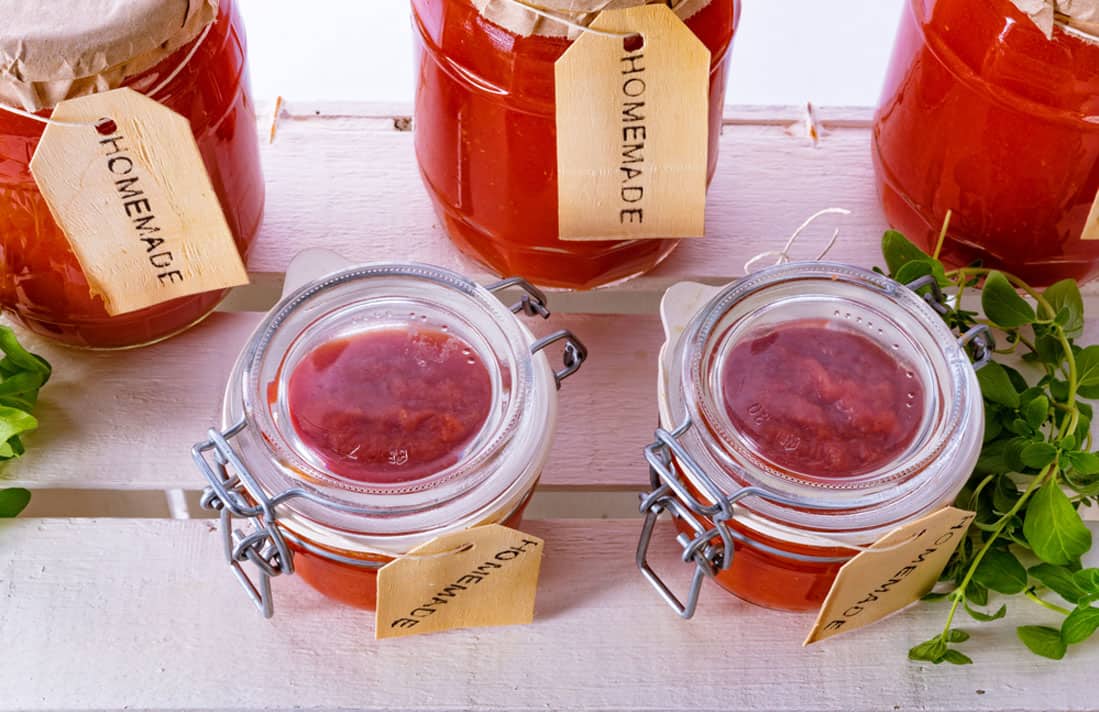
Mason jars are glass jars that have been specifically manufactured for long-term storage. Their lids have specially designed rubber seals that protect the food from moisture, air, pests, and other things that can damage food.
You can get the desired size easily online and in stores. The method of storage is pretty simple. All you have to do is find the right size jar, pour rice in it, and seal the lid tight. You can put in an oxygen absorber for added protection.
Mason jars provide excellent protection against rodents since they can’t chew their way in and get to the food. On the other hand, light can easily pass through glass and damage food. This is probably the only con of using mason jars.
Mylar Bags

One of the best answers to how to store rice long-term is the tried-and-tested Mylar bag. They are vacuum-sealed bags that come in different sizes and can be easily bought online or from stores.
All you have to do is get your desired size and put rice in the bags. Seal the bags and store them in a cool place away from moisture and sunlight. For added protection, you can use oxygen absorber packets before sealing to increase their shelf life. To seal the bags, you can use a special vacuum sealer or a dry iron.
The pros of Mylar bags are definitely how easy it is to carry and store. They also provide excellent protection against moisture. The only downside to using Mylar bags is that they are not rodent-proof, which means you must put the bags in a place where rodents can’t reach.
Vacuum Sealing
Vacuum sealing is a useful technique used in combination with oxygen absorber packets when storing white rice or brown rice in things like Mylar bags.
They work by creating a vacuum inside the Mylar bag that removes oxygen and air to help the rice last longer. Since rice has tiny particles, using oxygen absorbers and vacuum sealing helps remove oxygen more effectively and halt organic things like bugs and mold.
Soda Bottles

If you want to store a smaller amount of rice, you can also use empty soda bottles as an effective storage method. However, you must ensure that you have sealable caps to ensure airtightness once the rice is in the bottle.
Use oxygen absorbers for added protection, seal the cap tightly, and store the bottles in a dark, cool place. As with mason jars, if they’re transparent then sunlight can damage rice inside the bottles.
Freezer
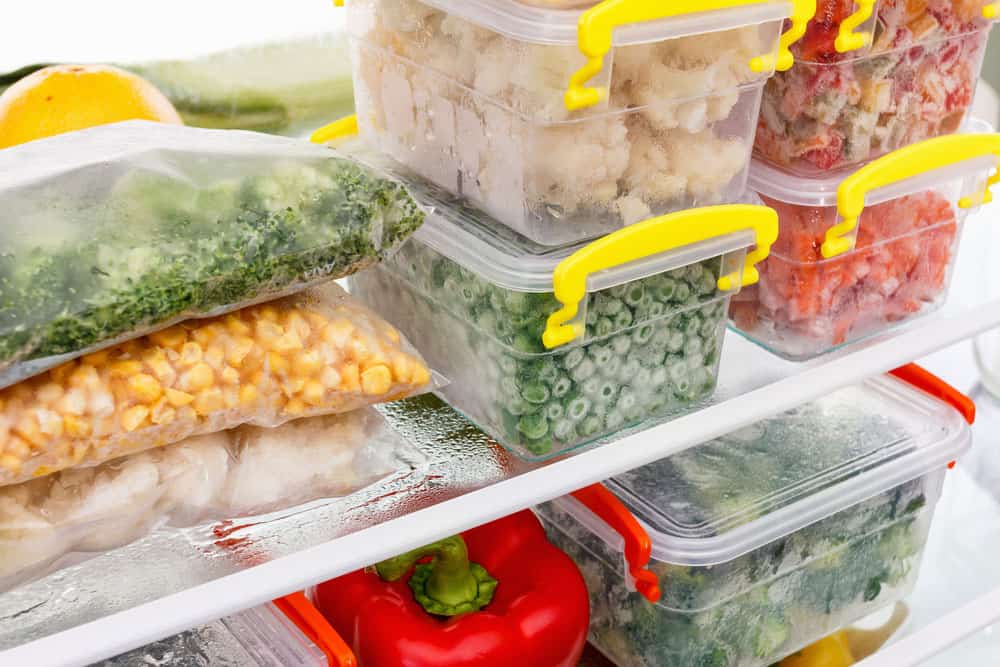
Freezing uncooked rice for long-term storage is one of the simplest storage methods you can think of. However, the major downside is that you might not have electricity in survival situations.
It is easy, quick, and effective if you have access to power. For example, if you have unopened bags, you can simply put them in the freezer if they are of the appropriate size. Alternatively, you can out the rice in mason jars, mylar bags, or food storage containers and put them in the freezer.
Freezing rice will also kill any critters present in the rice, as these organisms cannot survive in low temperatures. Defrosting rice is also effortless and only takes a few minutes to bring it to room temperature.
If you are freezing rice in glass jars, make sure to keep two inches of free space since it expands when frozen. Frozen and uncooked white rice can last up to 30 years.
Oxygen Absorbers


Oxygen absorbers are not a method to store rice, but aid immensely in preserving the quality of stored rice. They are therefore used extensively in food storage – and for a good reason.
With the help of a chemical reaction, these nifty little things remove oxygen from the containers. A lack of oxygen is detrimental to any kind of bug, pests, mold, and other things that can harm rice.
An oxygen absorber packet can be used with pretty much any food storage method. As already stated above, you can put them in Mylar bags, storage containers, and mason jars to protect your rice and increase its shelf life.
The only con to using oxygen absorbers is that they only work with foods low in moisture and oil content, which is why they are not very useful if you intend to store brown rice for the long-term.
What is the Ideal Storing Temperature for Rice?
Whenever long-term storage of rice is in question, it is essential to know the right storage conditions to ensure that your food lasts a long time without compromising the quality.
Maintaining the correct temperature is of utmost importance. It is one of the links that you must ensure to keep your food quality intact. Generally, the recommended temperature for rice storage is around 40 F(4 C) or lower.
In a survival situation, it might not be possible for you to provide these ideal storage conditions. In such a situation, you can store rice at around 70 F( 21 C) or lower if possible.
Make sure to use oxygen absorbers if you intend to store rice above 40 F.
Things that can make rice go bad
Mold
Mold is one of the main culprits that can spoil your well-stored rice. All it needs to grow is moisture, warmth, and growth.
Make sure to store your rice in a cool, dark place in airtight containers to curb the growth of mold. Oxygen absorbers are your friend to remove oxygen and further stop the growth of mold.
Bugs
Rice is greatly prone to the rice bug that is born in rice. Chances are when you buy rice, bugs might already be present.
To protect rice from bugs of any kind, freeze it for a short while before using any of the aforementioned storage methods. The bugs need oxygen to survive, so using oxygen absorbers is a great way to ensure that your rice is bug-free.
Critters
Critters include any kinds of living moving creatures that can harm the food you’re storing. The most common critters that can do the most damage include mice.
The best way to protect your food against them is to use storage methods that can prevent food from their sharp teeth, like mason jars.
How to Cook Rice during Emergencies
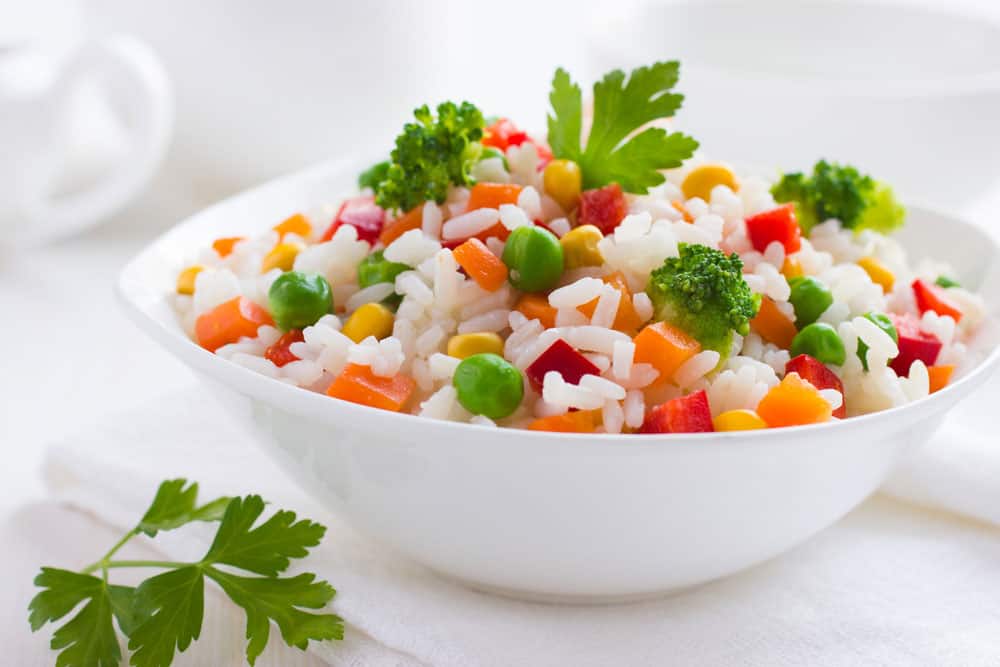
In SHTF situations, you might want to cook rice quickly using as few resources as possible. However, it is impossible to cook rice without heat. When you or your loved ones are running the risk of death due to starvation, rice can be consumed raw – it’s better than eating the leaves of unknown plants. However, it is highly inadvisable and should only be done if you are at a risk of dying.
With that being said, the quickest way to cook brown rice or white rice and consume it as a food source is by using boiled water. All you need is a container, some water, and a source of heat.
Soak rice as needed in a container. Soaked rice will require less heat for cooking and will help you conserve fuel in an emergency.
You need to know the rice to water ratio firsthand. Rice will absorb a lot of water during cooking and having enough water in the container will ensure that rice doesn’t get burnt or overcooked. Conversely, extra water will result in important nutrients being wasted since the remaining water that has absorbed nutrients from rice will be discarded.
Once the water comes to a boil, put in the rice and leave it cooking for 15-20 minutes. You can fry rice in a bit of oil first to prevent it from sticking. Whichever method you choose, this is one of the easiest and quickest methods to cook rice in an emergency situation.
You can later store rice in any food-grade container to last for a good 24 hours.
How to Store Cooked Rice
Once the rice is cooked, there’s a chance of spoilage if it is not preserved correctly. In addition, it can develop Bacillus Cereus, which is a dangerous bacteria that can cause nausea, diarrhea, and vomiting if ingested.
If cooked rice is left at room temperature for more than two hours, there’s a chance that this bacteria can grow. You might not always have perfect conditions and in an SHTF situation, a power outage can do a lot of damage to your food.
Unfortunately, the only way to prevent cooked rice from going bad is to refrigerate it. Whether it’s brown rice or white rice, you have to provide a low temperature if you want your cooked rice to last longer.
Cooked rice can last for a week if refrigerated and can last for six months if frozen.
How to Combine Rice with Other Food for A Nutritious Packed Meal
Since rice is packed with one of the most critical macronutrients, carbohydrates, you can combine it with different foods to create a complete meal.
Combine rice with foods rich in proteins and fats to make a nutritious meal. Examples include chicken, fish, beef, nuts rich in omega and fatty acids, jerky, leafy vegetables like broccoli and spinach, beans such as kidney beans and garbanzo beans (chickpeas), and many different variations and recipes of the same foods.
Conclusion
That is all you need to know when it comes to rice and how to store it for it to have a long shelf life and be there for you in hard times.
Believe me when I say this: this grain can make all the difference between life and death if you’re in a situation where food is scarce and all you want to do is survive.
So stock up on it to worry a little less about the rainy days!

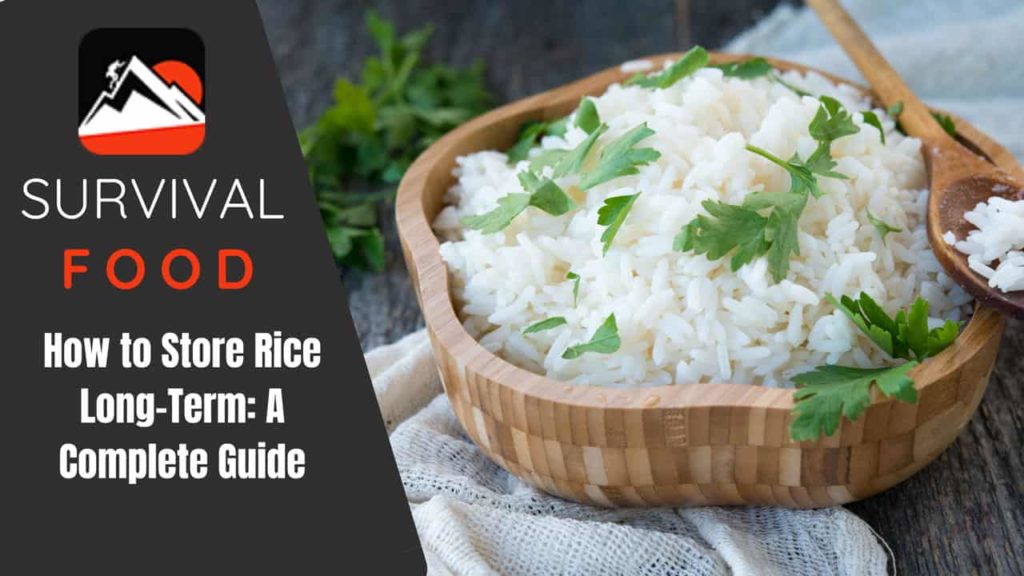


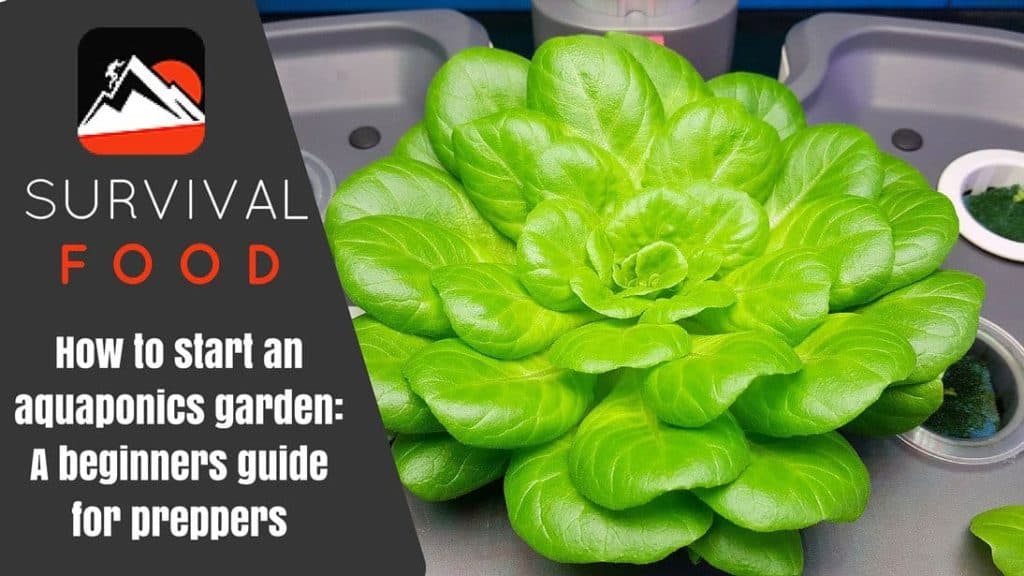
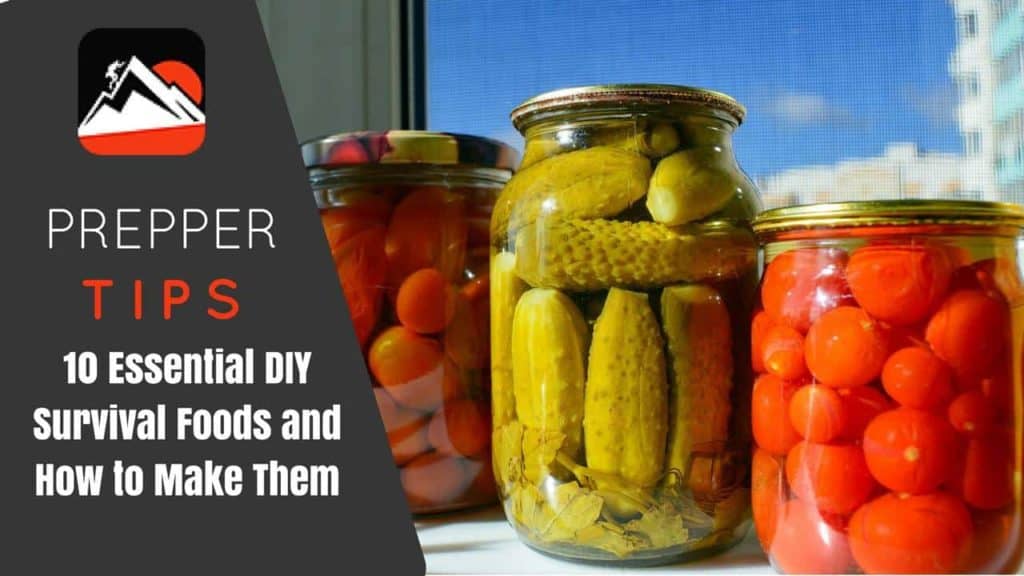
If I freeze 25# of rice do I need to be concerned about condensation while vacuum sealing in smaller packages to then be stored in food grade 5 gal buckets?
You are better off vacuum-sealing cooked rice and then freeze it.
You’re better off cooking the rice, vacuum sealing it, and then freezing it.